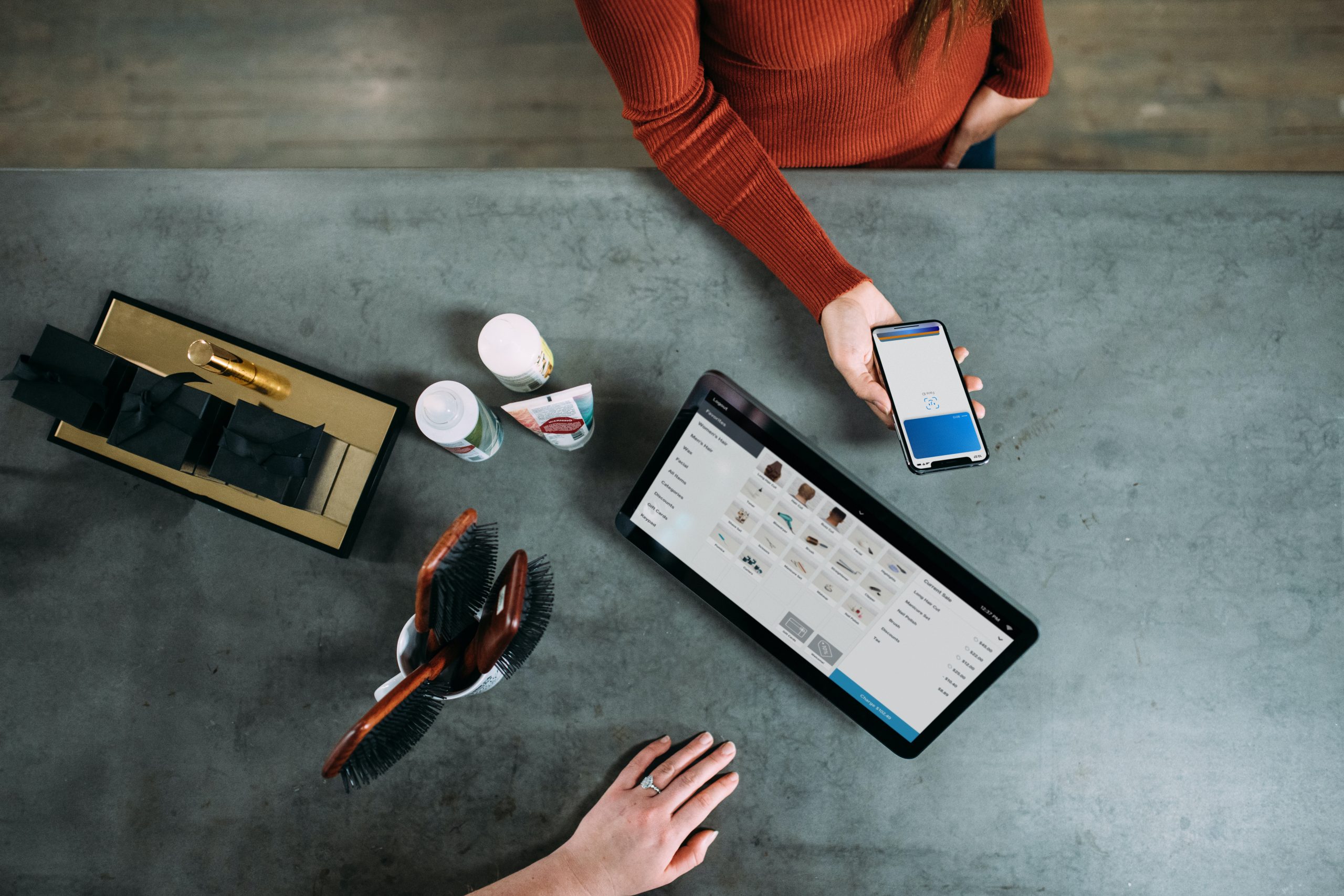How Effective Loss Prevention Can Improve Customer Service for Retailers

There’s no solution to stopping crime, but technologies such as computer vision are helping retailers manage loss prevention – and improve customer service at the same time. This is one of my key takeaways after attending the Retail Industry Leaders Association (RILA) Asset Protection Conference.
The event featured speakers from the asset protection industry, who shared various perspectives on the state of the art in keeping retail environments as safe as possible by addressing criminal behavior without disrupting the customer experience.
For instance, Lowe’s Vice President of Asset Protection and Safety Scott Draher, and Kroger Senior Manager of Asset Protection Solutions and Technology Chris McCarrick, shared how they’ve been using computer vision increasingly to monitor and protect their stores.
Computer vision is a form of AI that makes it possible for computers to analyze visual data such as pictures and video and make intelligent decisions based on that analysis in real time. Google uses computer vision to help people perform visual search more effectively. Autonomous vehicles require computer vision to detect objects, lane markings, signs, and traffic signals in order to drive safely. In retail, cameras enabled with computer vision can do a far better job monitoring what goes in a store by, say, detecting when inventory is running low on a shelf and then alerting a store manager that stock needs to be replenished.
Scott Draher and Chris McCarrick discussed how the introduction of AI into asset protection has created an enormous opportunity by monitoring and reporting real-time transaction data at the point of sale and across the store. In prior years, AI was not an option, and cameras produced low-definition images. Without computer vision, employees were left to monitor, oftentimes blurry feeds without any ability to report a potential problem in real time. Human beings were left on their own to view and interpret the footage long after the fact. By contrast, AI can review video feeds from all cameras, analyze, and act on multiple tasks in real-time.
One case in point: with computer vision, retailers can better the customer journey and dwell times, and understand how congested a store is getting – not just in general but in which aisles -- and can notify a store associate to be redeployed as needed. This simple action creates a better customer experience for consumers in need of help and can prevent possible loss or theft.
Computer vision has helped Lowe’s identify that 20 percent of their inventory shrinkage comes from mis-scans (such as a scanner not working properly or a criminal deliberately manipulating the scan), which helps Lowe’s zero in on particularly vulnerable areas.
Based on our work with loss prevention at Centific, I believe retailers have a huge opportunity to use computer vision to more effectively observe human behaviors in a store. This can help them both monitor potentially criminal activity – and improve the customer experience at the same time.
Here's an example: it is unusual for a shopper to load their cart with three or four Roku’s as they’re roaming the aisles of a consumer electronics store or a general chain such as Target or Walmart. An AI-driven computer vision solution can detect this anomaly and alert an associate or store manager in real-time. A store associate can then ask the customer if they have any questions about the right streaming device for their home set-up (which is not always an easy decision to make) or suggest different Roku models that the customer might not be aware of (“We also have a Roku that works better for HD TV”). If the shopper is indeed loading up on multiple Rokus devices for purchase, they will probably appreciate the assistance. If their intentions are less honorable, they’ll now be aware that they are on the store’s radar screen.
Another example: someone rifling through a box of unassembled book shelves in a remote corner of a furniture store might be a thief. Or they might simply be a shopper who is confused by the product description on the box and wants to take a peek inside to make sure they are buying the right product, especially for a heavy or awkward item that would be inconvenient to return. In any case, computer vision can detect this behavioral anomaly (let’s face it, most people browsing are not opening boxes) and alert a store associate that a customer needs their attention. Great customer service and loss prevention can happen in one step.
For computer vision to work effectively, the AI needs to perform effectively, too – and not all AI works equally well. The AI needs to be trained to know what to look for. It needs to be fueled by annotated/labeled data. The models need to be tested. And validated. A human-in-the-loop approach is a necessary and vital part of the process for labeling and validating for accuracy.
This process of training AI is known as data readiness. As we discuss in this blog post, data readiness consists of all the tasks a company needs to manage in order to ensure that its AI platforms learn from reliable and relevant data sources. With proper data readiness, a retailer can overcome the cost and expense of training a camera equipped with computer vision, among other pitfalls.
At Centific, we apply our deep knowledge of retail and loss prevention with our expertise with AI and internal human annotators/validators to help retailers improve the customer experience while protecting their assets. For example, we:
- Develop customized collection tools to upload, store, and classify images that retailers need for smart cameras across multiple stores.
- Provide the highest quality deliverables through quality assurance and labeling experts.
Contact us to learn how we can help you.
Photo by Blake Wisz on Unsplash
